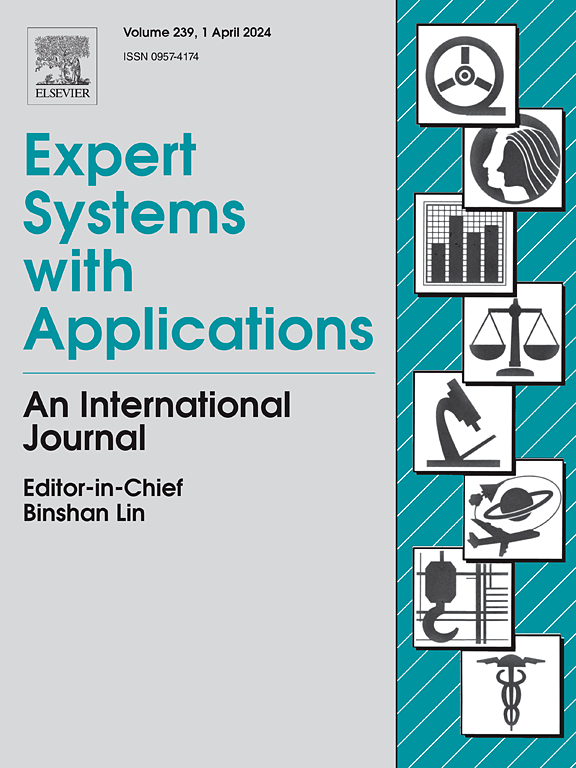Enhancing bone-conducted speech through a pre-trained transformer with low-rank driven sparsity bootstrapping
IF 7.5
1区 计算机科学
Q1 COMPUTER SCIENCE, ARTIFICIAL INTELLIGENCE
引用次数: 0
Abstract
The traditional Transformer architecture encounters substantial challenges in terms of time complexity when dealing with long sequences. Sequential signals, such as speech and serialized image data, inherently exhibit low-rank properties along the temporal axis. By leveraging this low-rank nature effectively, we can not only prune redundant information to enhance model robustness but also devise a sparsity-bootstrapped attention mechanism that significantly reduces the temporal complexity of Transformer-based models. This study is dedicated to applying a self-supervised, pre-trained model that leverages low-rank driven sparsity bootstrapping to enhance bone-conducted speech and address the challenge of scarce paired speech data. This innovative technique enables communication in noisy environments by directly capturing signals from the human skull or larynx. In our experiments, we benchmark our model against five other state-of-the-art recovery models using a comprehensive set of evaluation criteria. Both objective metrics and subjective assessments consistently demonstrate the superiority of our proposed model, indicating its potential to advance bone-conducted speech enhancement technologies.
通过低秩驱动稀疏自举的预训练变压器增强骨传导语音
在处理长序列时,传统的Transformer体系结构在时间复杂性方面遇到了很大的挑战。序列信号,如语音和序列化图像数据,固有地沿时间轴表现出低秩特性。通过有效地利用这种低秩特性,我们不仅可以修剪冗余信息以增强模型的鲁棒性,而且还可以设计一种稀疏引导的注意力机制,从而显着降低基于transformer的模型的时间复杂性。本研究致力于应用一种自我监督的预训练模型,该模型利用低秩驱动的稀疏性自引导来增强骨传导语音,并解决稀缺的配对语音数据的挑战。这项创新技术通过直接捕获人类头骨或喉部的信号,使嘈杂环境中的通信成为可能。在我们的实验中,我们使用一套全面的评估标准,将我们的模型与其他五个最先进的恢复模型进行基准测试。客观指标和主观评估一致地证明了我们提出的模型的优越性,表明它有潜力推进骨传导语音增强技术。
本文章由计算机程序翻译,如有差异,请以英文原文为准。
求助全文
约1分钟内获得全文
求助全文
来源期刊

Expert Systems with Applications
工程技术-工程:电子与电气
CiteScore
13.80
自引率
10.60%
发文量
2045
审稿时长
8.7 months
期刊介绍:
Expert Systems With Applications is an international journal dedicated to the exchange of information on expert and intelligent systems used globally in industry, government, and universities. The journal emphasizes original papers covering the design, development, testing, implementation, and management of these systems, offering practical guidelines. It spans various sectors such as finance, engineering, marketing, law, project management, information management, medicine, and more. The journal also welcomes papers on multi-agent systems, knowledge management, neural networks, knowledge discovery, data mining, and other related areas, excluding applications to military/defense systems.
 求助内容:
求助内容: 应助结果提醒方式:
应助结果提醒方式:


